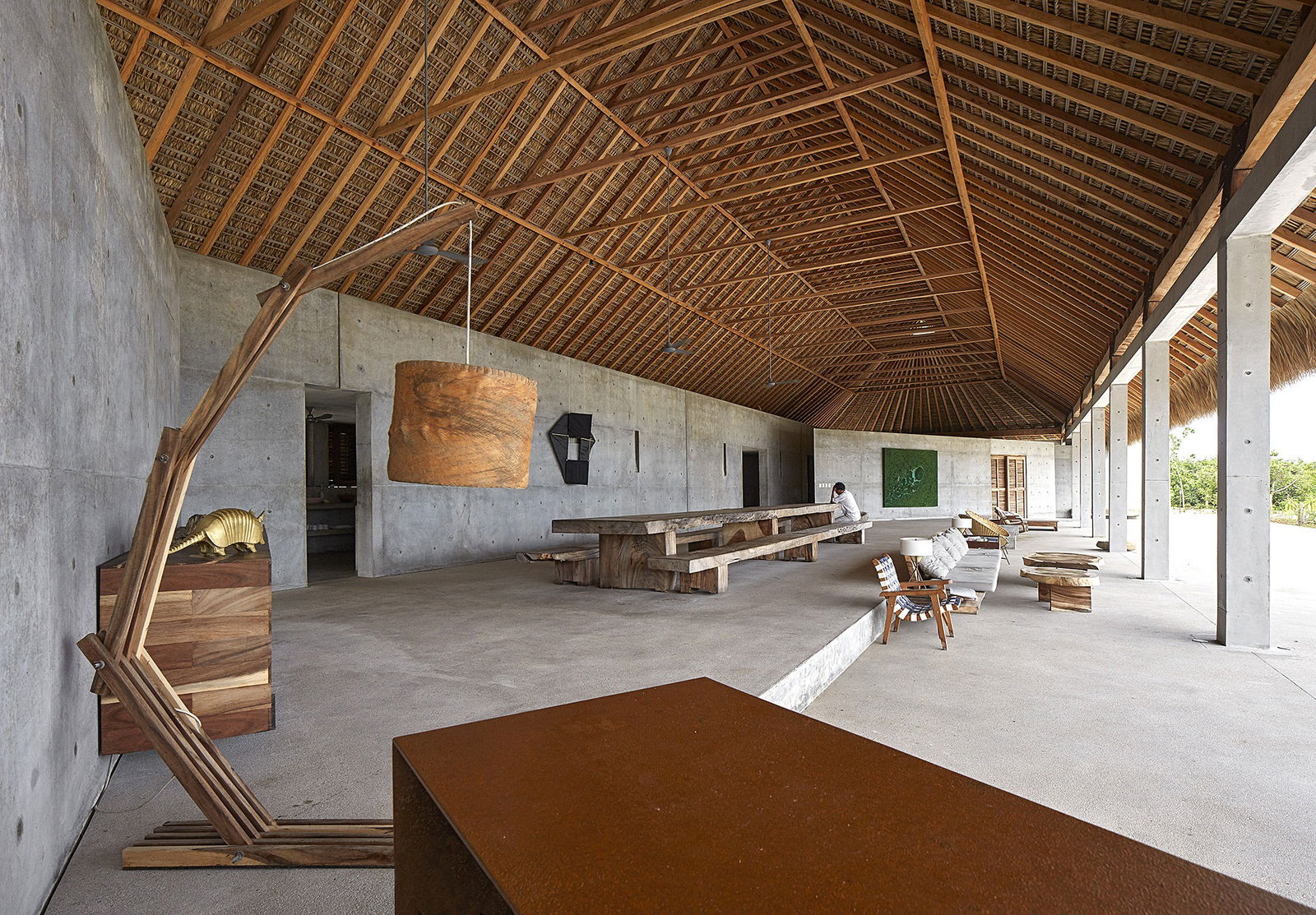Highly regarded London-based photographer, Edmund Sumner has been traveling far and wide for the past decades to find and document the best architectural pieces around the world.
London, Japan, India, and Mexico are some of the places where Edmund can be found capturing the most extraordinary man-made structures on camera. Having been raised in a family of creatives and surrounded by art from an early age, he is often driven to look for the less obvious and amazes his audience with his architectural portraits.
In this interview, we get to know the photographer behind the camera and his overview of architectural photography.
Architectural photography is the test of time frozen

Could you tell us about yourself? Who is Edmund?
Edmund is a design junkie with a camera.
How did photography come into your life?
I grew up in a family of architects and designers and I was always exposed to amazing environments, art, and great magazines. For instance, I remember already reading Domus in the bath as a kid. Nevertheless, being the only one who followed a career as a photographer instead of as an architect or designer, I am still considered the “black sheep” of the family.
How did you get started?
I have no formal academic training in photography, instead, I chose to work as an assistant for numerous prominent architectural and interior photographers. This was short-lived, however. I turned out to be a not so great assistant since I was every time too distracted by the buildings we were shooting and wanted to be shooting them myself.
My first commission was for a clothing store designed by Andrew Martin and Bill Amberg, which I got via a flatmate who was working there. At the time, I did not really know what I was doing, so I took over 3 days to shoot it. In the end, the images worked out well and they caught the eye of Bill Amberg, who also paid me with a leather portfolio case and introduced me to some of his designer friends. This was a lucky break.



Your work is notable and you seem to always be able to find the most remarkable architectural pieces all around the world. How do you do your research in order to find such projects and architects?
More often than not my work is commission based. I believe that sometimes positioning oneself to be commissioned is important since nowadays architectural photography is less technical than it was before. Now it is about politics, diplomacy, and taste. Tadao Ando is hardly likely to commission a hotel photographer.
What are the main things that are usually involved in the planning of your shootings?
I no longer worry about the weather when planning a shooting. In my opinion, to understand the context is the key. Often times, the site or topology has informed the design, and therefore, trying to contextualize this is the most important when shooting an architectural piece.



What are the certain aspects of architecture that draw you in?
Light, form, and function. I try to avoid the obvious.
What was the most memorable shooting for you so far?
Without a doubt, it was a commission from Tadao Ando on Casa Wabi, in Mexico. I originally planned to stay just for 2-3 days but I ended up staying a whole week and have been back several times now. The commission was a result of a long collaboration with Tadao Ando, with whom I have been working outside of Japan for many years.
Casa Wabi’s brief was loose with just a few sketches, contact details, and some guidelines to avoid any views with cactus. Honestly, I was not sure how I was going to cover it until I arrived. The house was designed as a building or series of buildings that almost disappear into the landscape, which was tricky to capture. The only possible complete shot was at dawn from a nearby hill ( 7 shot panorama on a 400mm lens).
At Casa Wabi I also met interesting artists and designers who have become friends and still collaborate with ever since. It was definitely the most fun shoot I’ve ever done.




How would you describe your personal style?
Intense, optimistic, insightful.
Some say that the architectural press just focuses on showing flattering angles and perfect finishes instead of a more real and raw perspective. What is your view on this statement?
The architectural press does indeed seem to be focusing on the spectacular and on speed. In my opinion, it feeds a collective visual ADHD. It’s next, next, next, more, more, more!
The hierarchy that existed until the early nineties seems to have been challenged. Before a strong feature would always appear first and exclusively in magazines such as Domus, then in architectural review papers, and then eventually in web-only blogs (and never the other way around), but this is not necessarily true anymore. Often the reverse is now the case, which for sure brings many advantages, but also some downsides. It can mean promoting flashier and more instagramable work over a more thoughtful photography.
Tell us what is for you architectural photography in one sentence.
The test of time frozen.



Edmund is a renowned architectural photographer based in London. For the past 20 years, he has been collaborating with leading architects, publishers, editors, and curators at a global level. His work was published in Architecture of Eden (Transworld 2004), New Architecture in Japan (Merrell, 2010), and Architecture of the Olympics (Wiley, 2012). Tadao Ando, RSHP, and John McAslan + Partners are some of Edmund’s noteworthy clients.
To see more of Edmund’s work visit his website or his Cherrydeck profile, here.
To see more talented architectural photographers, check our July’s Editors’ Choice, here. ?



3 replies on “At the Forefront of Architectural Photography with Edmund Sumner”